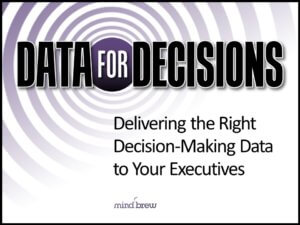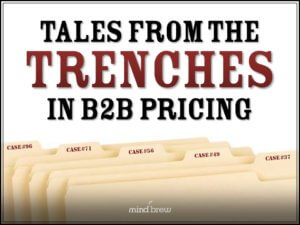Sometimes you come across something that seems like it should be really helpful—when actually the opposite is true.
For example, some grocery stores have kid-friendly shopping carts with little plastic cars with fake steering wheels on the front of them. They seem ideal for pushing toddlers around in the store. They even have seatbelts in there to keep rugrats contained while they are entertained.
I have friend who had preschool boys just one year apart who thought these carts would make grocery shopping so much easier when they first came to her favorite store. And in fact, on the first couple of outings, it went great. Soon, the boys were climbing into the carts all on their own and even doing up their own seatbelts when they got to the store.
But on one fateful shopping trip, my friend noticed as the kids were getting out of the cart at the end of the trip that it looked like one of the boys’ diapers had leaked all over the plastic car. Then, horror of horrors, she realized that neither of her children had a diaper issue. The mess was from a previous occupant of the cart.
The grocery store manager was tremendously apologetic, but both kids got sick from this misadventure. And after that, my friend obviously felt the need to completely wipe down the entire car/cart contraption before letting her kids get in it. And while she was wiping it down, the kids would run amok, and it just a huge hassle. But if she took the kids to that store and didn’t let them sit in the special kid-friendly car cart, they would scream.
In the end, she switched grocery stores.
Within pricing, we have a lot of similar—though far less disgusting—situations where something seems like it’s going to be helpful, but actually isn’t. Here are a few:
- Knowing your competitors’ prices. It seems like competitive price information would help you price your products better, but what if your competitors’ prices are too low? What if customers are actually willing to pay more for your products? Ultimately, the real issue isn’t what your competitors are charging, it’s what your customers are willing to pay. To dive deeper into this idea, check out How to Combat Competitive Pricing Pressure.
- Price exception processes. It seems like a good idea to have a process in place to handle unusual situations. But the truth is that if you are ending up with a lot of unusual situations, you probably have some fundamental problems, like outdated or inaccurate segmentation or a salesperson without adequate training. We cover this concept in depth in Dealing with Price Exceptions.
- Running the reports that management asks for. You might think that giving executives exactly what they ask for is a good way to get ahead. But more often than not, execs are not pricing experts. It might be more benefit to the business—and your career—to give them what they need rather than what they want. You can learn how exactly to do this (without shooting yourself in the foot) in Delivering Data to Decision Makers.
These are just a few examples of how something that can seem like a great idea at first blush might not necessarily be the best in the long run. Our research has found that the best pricing teams don’t just follow the status quo. They analyze all the options and make decisions with the big picture in mind.
After reading this blog, you probably won’t look at kid-friendly grocery carts exactly the same ever again. We hope that it also spurs you to reconsider some of your pricing activities that you had assumed were a good idea. And here at PricingBrew, you’ll find hundreds of resources that can help you do that deeper analysis to make better long-term decisions.
















